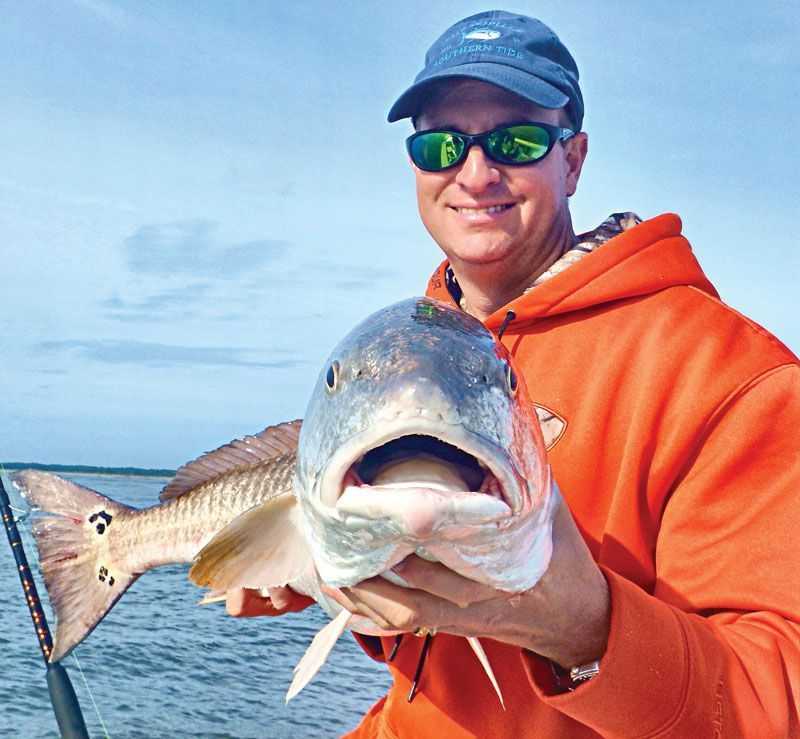While many fishermen are stowing their gear for the winter, savvy anglers all over the country know with a little adaptability, good stringers can be had. It’s also important to remember that it is winter, it’s cold, raw and it may be a grind on some days. You may well encounter an “epic” bite, but in general, the reward may be 8 to 12 good fish as opposed to 20 or 30.
Obviously, if a warming trend is forecast take advantage of it. These slight changes can fire the fish off. With temperature in mind, look for warmer places or warmer water. Structure such as docks, rip-rap or metal warm the water around and offer thermal relief for both predator and prey. Also, features such as shallows with a dark bottom, coves and canals will often be slightly warmer. The cold weather standard of fishing deeper, in many cases, will hold true as well. As the sun rises and falls, the banks that have sun will naturally hold more heat. On particularly cold days, the best bite may be later in the day, as the sun heats things up, so have a good breakfast and get a later start.
Shallow versus deep is a question, no matter the weather, so be versatile. Winter can definitely be about eliminating water. With that in mind, once you get bit, concentrate on that depth or pattern. In the colder months, most fish school fairly tight.
The question of retrieve is there as well, with many anglers choosing to power fish and cover water. This can be productive. Personally, I slow down, using soft plastics with slow hops, drags and shakes. If I am throwing hard baits in the winter, generally I’ll use slow sinking or suspending baits. And I will work them slowly, with long pauses between jerks or twitches. One thing I always do as winter arrives is reduce the diameter of my lines and leaders. As the bloom and microorganisms die, the water clarity increases, and stealth can be critical.
Lure color is another component that is debated, but I opt for stealth in winter. I keep my presentations as natural as possible. Plastics that are translucent in brown, grey, dark or olive green are my comfort colors. For plugs, I like the same color schemes, but have found I can get away with blues or chartreuse. While there will be no denying the bite on a hard bait when the fish slams it, the bite on plastic will be subtle. Often the bite on a soft plastic is a mere tick, a little weight on the line or a mushy feeling; in any case set the hook quickly… at the very least it will keep your partner on his toes.
Slow down, lighten up, cover water, keep it natural and get bit!
Capt. Tim Cutting is a guide out of St. Simons Island, Ga. Contact him at fishthegeorgiacost.com or (912) 230-1814.
[easy-social-share]

